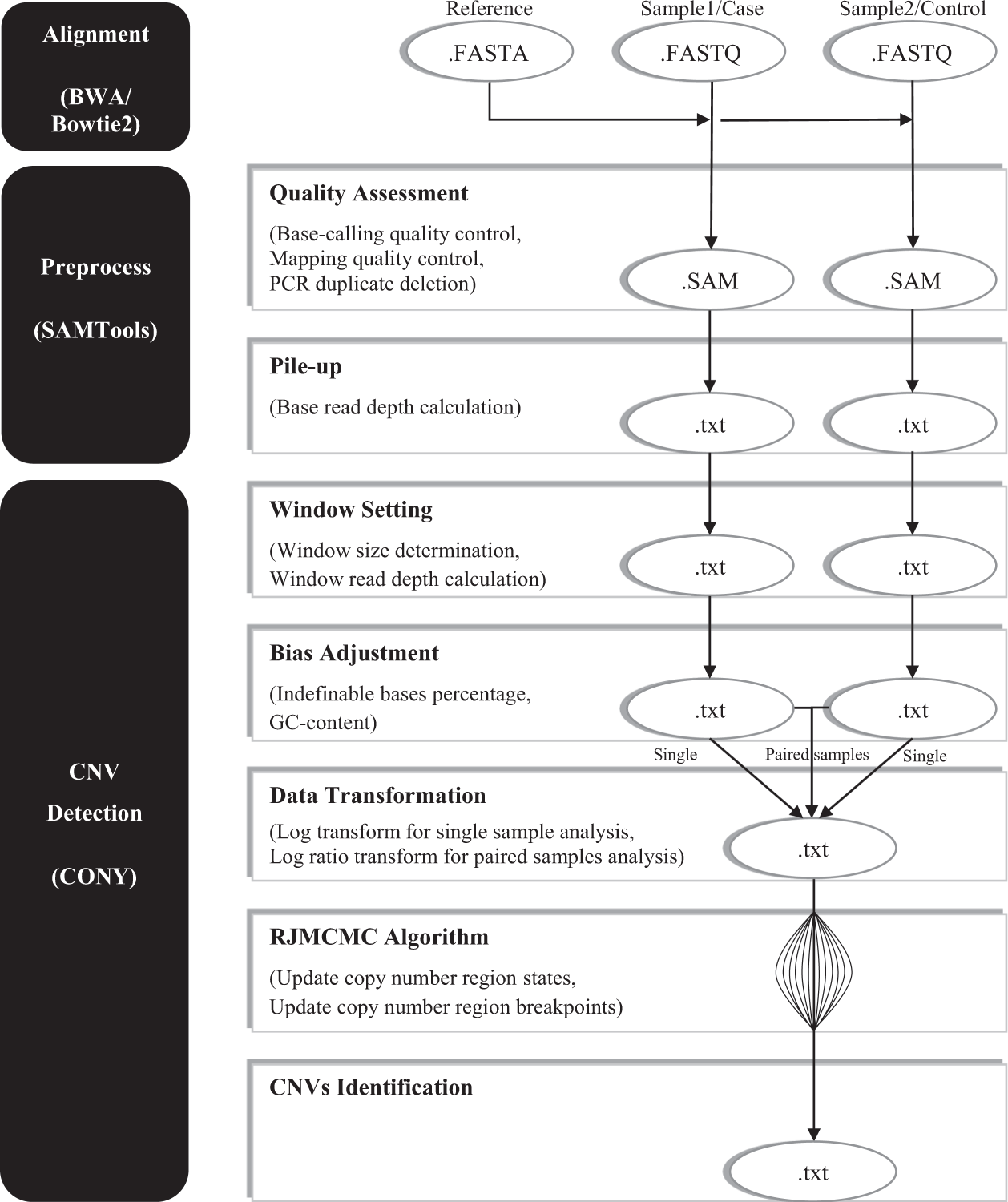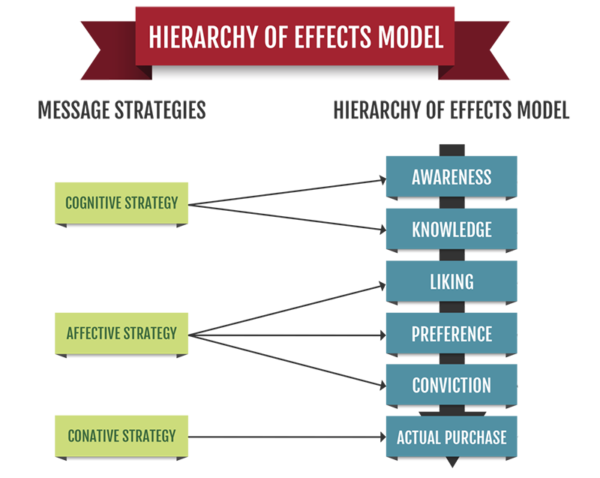
This traditional logic model framework may be augmented to include consideration of key factors that may hinder and/or enhance the well-being of the target population, or attainment of the goal set, and may affect the program at the individual, family, programmatic/ organizational or policy level. Most often presented as sequenced diagrams or flow charts, logic models demonstrate relationships among the following components: Statement of a problem, various causal and mitigating factors related to that problem, available resources to address the problem, intervention goals and planned activities, and anticipated short and long-term outcomes. Logic models can provide a productive framework for effective planning and a depiction of the process of change of an intervention. When working with a large, multi-component program, the integration of logic models can provide further clarification about the program, as a whole, as well as individual program components. Involving stakeholders in the development of program logic models instills a shared understanding of the program theory. In building logic models, stakeholders must define a program theory to provide a rationale for how the activities will lead to outcomes. This systemic approach to program planning and evaluation provides a road map for the program and assists programs to define strategies that will lead to success. Program planners, evaluators and other stakeholders use logic models to clearly articulate the links between proposed program goals, resources, activities, outcomes, and impacts of their initiatives.

Hierarchical logic model Program evaluation Program planning Logic model Institutional grant Center grant Introduction This facilitates the process of developing, implementing and evaluating programmatic elements within the framework of strategic planning. Each core’s logic model articulated how its goals, activities, and outcomes were specifically linked to the Centerwide model.ĭiscussion: A hierarchical logic model process ensures that the objectives of the funding agency or organization are addressed, and enables stakeholders to articulate the linkages between each layer. The Centerwide logic model ensured that the Center's goals, and the intended outcomes and impact of its work were linked to the mission and goals of NIOSH. This lineage was articulated through the Centerwide logic model and through the logic model of each of its core programmatic areas (core).

Results: Case studies describe the utilization of “hierarchical” logic models: in each case, NIOSH was the “grandparent”, the Center was its descendant (parent) and the cores were the children. The logic model development processes were led by the same evaluator.

Methods: Two NIOSH Centers, an Agricultural Center and an Occupational Safety and Health Education and Research Center, used the same hierarchical logic model process to support the NIOSH programmatic goal of improving worker health and safety in their respective occupational categories. Such models are supportive of priority setting, policy implementation, and effective evaluation. This article describes the programmatic impact of using “hierarchical” logic models in two Centers funded by the National Institute of Occupational Safety and Health (NIOSH) that were designed to achieve NIOSH goals. Introduction: Large programmatic grants advance the missions of funding agencies or organizations. Visit for more related articles at Journal of Community Medicine & Health Education This is an open-access article distributed under the terms of the Creative Commons Attribution License, which permits unrestricted use, distribution, and reproduction in any medium, provided the original author and source are credited. Received Date: ApAccepted Date: Published Date: May 10, 2017Ĭitation: Newbill S, Wickman A, Brown C, Helitzer D (2017) Hierarchical Logic Models as a Tool to Evaluate Programmatic Initiatives: Practical Hierarchical Logic Models as a Tool to Evaluate Programmatic Initiatives: Practical Solutions to Identified Problems Newbill S 1, Wickman A 2, Brown C 3 and Helitzer D 4 *ġ Department of Family and Community Medicine, University of New Mexico, USAĢ Southwest Center for Agricultural Injury Prevention and Education, USAĤ College of Population Health, University of New Mexico Health Sciences Center, USA Corresponding Author: Deborah Helitzer


 0 kommentar(er)
0 kommentar(er)
